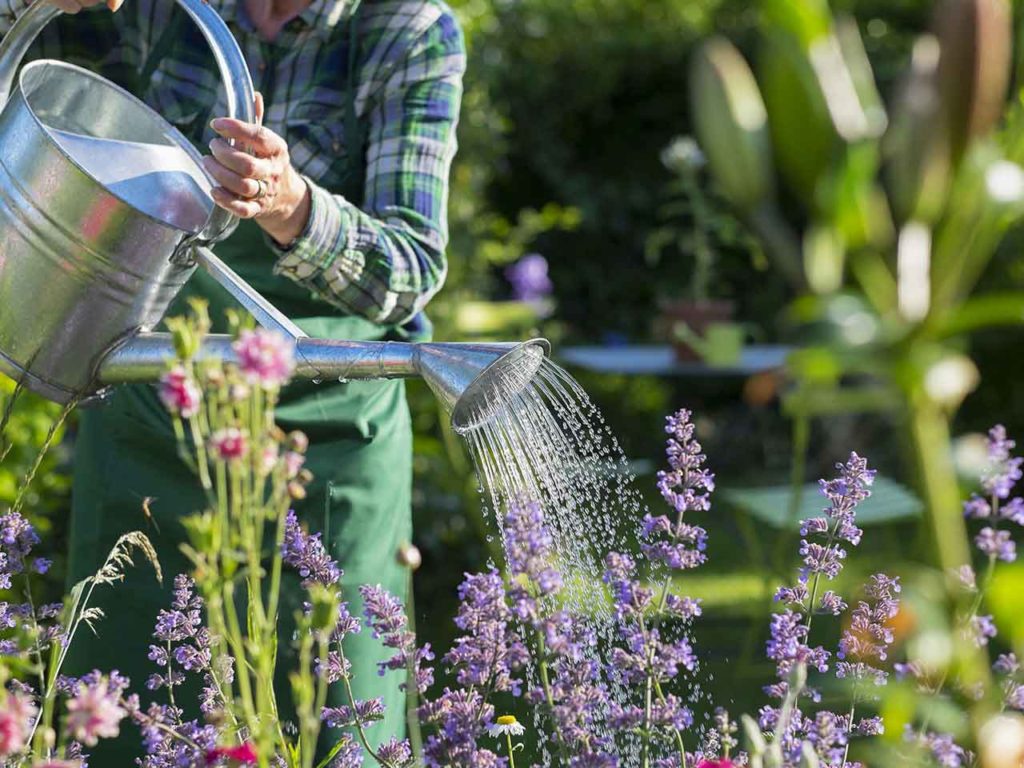Gardening Injuries

Spring has sprung! Yay!!! I think we’re all over the cold, depressing weather, aren’t we? It’s been so lovely getting outside with the warmth of the sun on our skin. Which brings me to our topic for this newsletter and that is gardening injuries. This information can be related to all sorts of different activities including sporting activities that we embark on with the warmer weather and lighter days.
It has been found that gardening reduces stress, improves mental clarity and general fitness and flexibility.
It is important however to start small and slowly work your way up. We see lots of people now, in Spring when not much physical activity has been done over Winter and then they get stuck full bore into the garden (or put any activity in this spot) and then hurt themselves.
People who know me will know I will be in the process of getting my vegie patch ready for the planting of the summer crop. Good luck all you gardeners out there!
Lower back injuries
As you can imagine probably the most common injury is the back. This usually involves a sprain or muscle strain. Often this is due to doing too much too quickly or too much for too long.
I do not want to give the impression that gardening is bad for you, if done properly you can garden away. The important things to keep in mind is to start with small jobs and work up to the bigger ones once warmed up. Use barrows and don’t fill them to the top. Bend the knees and lift using your large thigh muscles and not just your back. When digging again use your leg muscles and bend the knees, try and keep the spade as close to your body as possible and keep twisting to a minimum.
Try and change up the jobs you have. Staying in the one posture for long periods is very hard on your body. Do a bit of digging then walk the weeds over to the bin and then do some raking and come back to the digging. Constantly changing your jobs will allow the different muscles to rest and recover while you use others. This will allow you to do more with less tiredness and therefore less chance of injury.
Another tip is to change sides, do a bit of raking right handed for a few minutes then change over to left handed. Good for the body and probably not too bad for the brain either.
Knee injuries
Another common injury is knees. Knees can be strained by the unevenness of gardens and walking up/down or sideways. Avoid planting your feet and twisting side to side. Otherwise all the up/down walking is good for the knees in that it strengthens the thigh muscles (quadriceps). Therefore, a good way to decrease the incidence of knee injuries is to build up your thigh muscle strength. See page 3 for exercises.
Another way of injuring knees is by kneeling a lot, especially on hard ground. You can usually get away with doing some of this but if you are doing it for prolonged periods it can irritate the back of the kneecap causing pain and possibly swelling. This will lead to pain with downstairs or downhill walking and prolonged sitting. Using a kneeling pad or an old cushion works well for this and also repeatedly getting up and walking around.
Shoulder and elbow injuries
The most common injuries of the shoulder we see with gardening are muscle strains and tears. This is usually caused by prolonged overhead activities such as pruning. Again, changing positions here is important. Bring your arms down and look down so that both shoulders and neck get a rest. Starting lawn mowers is one of the most common causes of torn shoulder muscles when you have to repeatedly pull that damn cord!! Try and keep the action nice and controlled and use your body. Make sure you service your mower or even better buy one of these new ones with push button starts 😊.
Elbows also cop a beating with gardening and a common injury is ‘tennis elbow’. It involves the forearm muscles that attach to the outside of the elbow. Repetitive actions may cause some irritation of this area. Pruning using secateurs is a common cause and weeding lots can also cause this. Again, changing jobs repeatedly and changing actions that your muscles are doing will help avoid this.
Strengthening shoulder muscles has also been shown to take the pressure off the elbows decreasing injury rate.
Fit for gardening
As with all activities the fitter and stronger you are the less likely you are to hurt yourself. If you are fit you usually have greater endurance. This means you are less likely to tire quickly. It is known that fatigue leads to a much greater chance of hurting yourself. Strength of your muscles is as important. If your muscles are stronger they can do more without placing excessive force on surrounding areas and they also tire less and they can go for longer. Fitness is improved by aerobic type activities such as walking, running or cycling. These activities need to be done everyday for about 30 minutes a day. Strength is improved by exercising these muscles against resistance. This may include weights, resistive bands or body weight. Not limb weight – many people think just lifting their leg or arm is enough. Occasionally it is enough, such as post surgery for the initial stages but if you want to get stronger you need to lift some weight.
Fitness and strength are important and along with this, so is flexibility. In the set of exercises I have included, the last two are stretches. It is important to stretch once you a warm so I recommend to stretch after a session of gardening or other activity such as walking. Click here to access some simple exercises to help strengthen and stretch your muscles.
